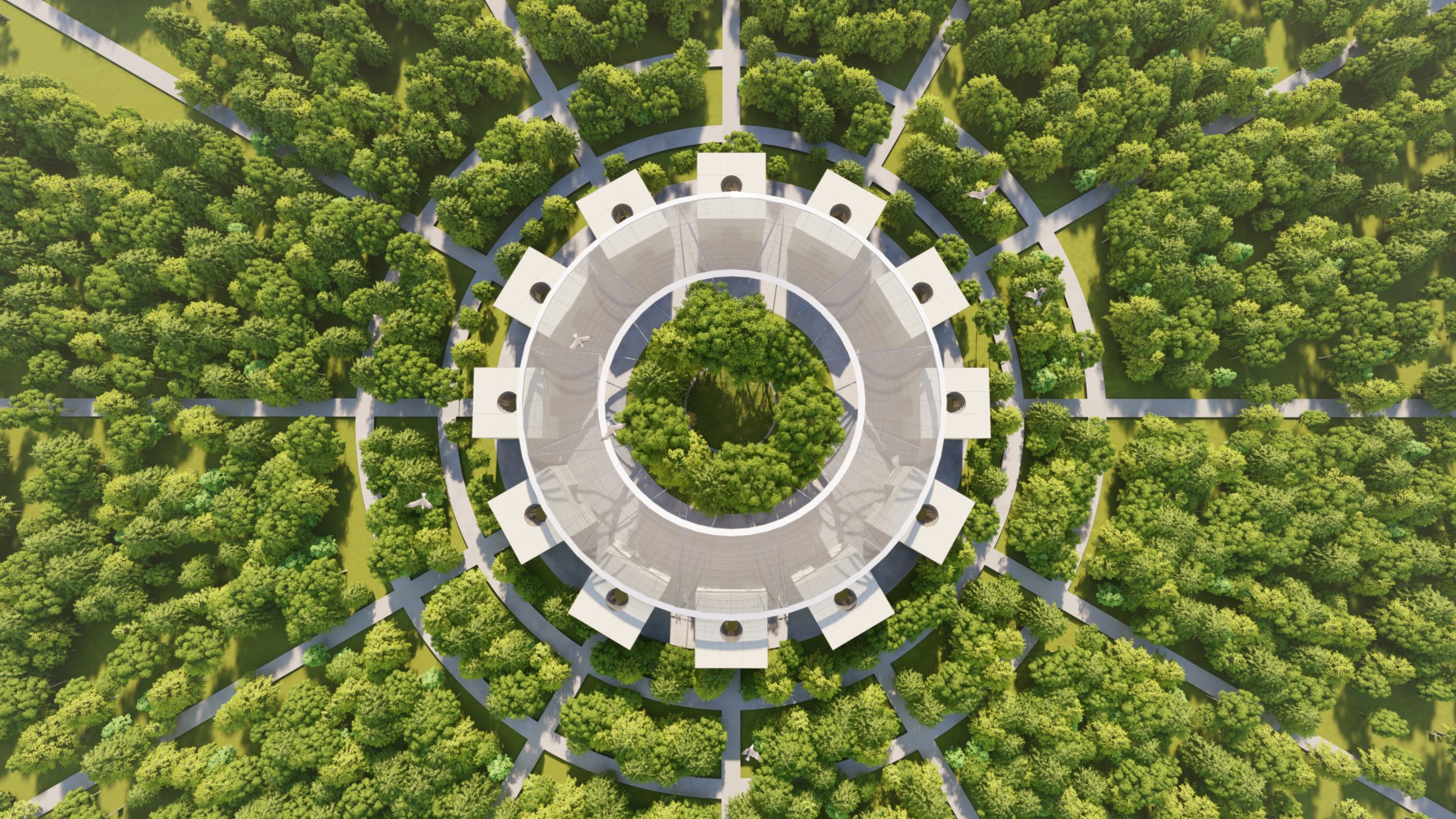
Studio Weave’s approach encapsulates the way in which today’s practices are responding to briefs in highly creative and playful ways. Although they clearly relate to the site, seen is isolation with their oversized trumpets, swirling lullabies and mysterious industrial flotsam the drawings seem to depict structures which can exist only in the imagination. Far away are the everyday surroundings of the city, and in particular an uninspiring gap between two hospital buildings.

However, the project’s realisation makes it clear that the whimsy, lyricism and make-believe qualities of Weave’s concept drawings have been translated directly to the build environment.








































































































































































































































































